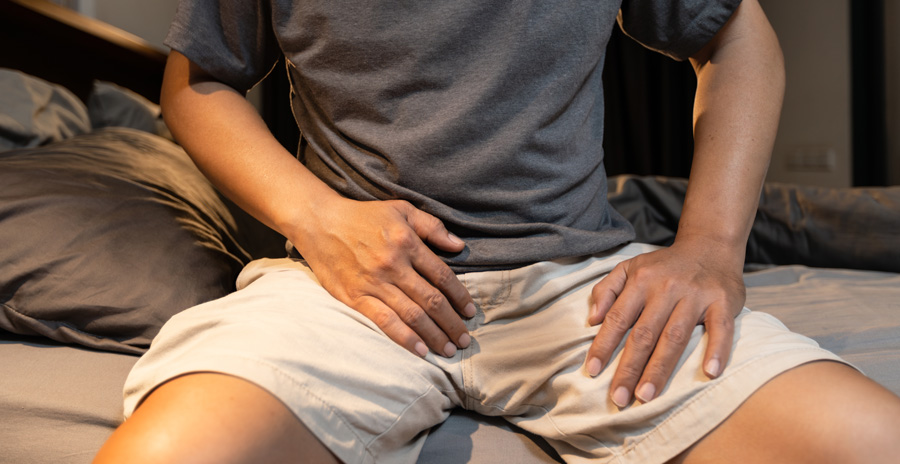
Male Urinary Incontinence
Male urinary incontinence, a condition often kept in silence, carries with it not just physical discomfort but also significant emotional and social burdens. Dr. Padayachee specializes in transforming the lives of men grappling with these sensitive issues by incorporating an empathetic and expert approach.
What is Male Urinary Incontinence?
Incontinence can appear in various forms, including stress incontinence, which occurs during physical activities that increase abdominal pressure, and urge continence, characterized by a sudden, intense urge to urinate followed by involuntary leakage.
This condition can stem from several causes, such as prostate surgery, neurological disorders, and age-related changes, affecting men’s physical discomfort, social engagement, and emotional well-being.
How is Male Urinary Incontinence Diagnosed?
Your diagnosis starts with a detailed medical history and physical examination. Dr. Padayachee listens carefully to understand the specific circumstances and symptoms you are experiencing.
Diagnostic tests may include urodynamic tests to measure bladder pressure and flow, cystoscopy to examine the bladder and urethra, and imaging tests to identify any structural issues. These assessments help pinpoint the exact type and cause of incontinence, guiding Dr. Padayachee and his team towards an effective treatment plan.
What Treatment Options Are Available?
Dr. Padayachee offers a comprehensive range of treatment options tailored to your individual condition and needs, such as:
- Lifestyle Modifications: Simple changes in fluid intake, diet, and pelvic floor exercises can significantly improve symptoms for some men.
- Medication: Certain medications can help manage symptoms, especially for urge incontinence, by reducing bladder spasms and improving bladder control.
- Pelvic Floor Muscle Training: Also known as Kegel exercises, these strengthen the muscles that control urination, offering a non-invasive way to reduce or eliminate incontinence.
- Bladder Training: This involves learning to delay urination after feeling the urge to go, gradually extending the time between trips to the bathroom.
- Surgical Options: For more severe cases, surgical interventions such as the implantation of artificial urinary sphincters or male slings may be considered.
These procedures aim to provide structural support or restore function to the urethral sphincter, significantly reducing or eliminating leakage.
Your Partner in Incontinence Support
Dr. Padayachee is a specialist urologist who combines extensive medical expertise with a genuine commitment to patient-centered care. He understands the profound impact of this silent struggle on a man’s life and approaches each case with the sensitivity and confidentiality it deserves.
Our services for male urinary incontinence are designed around the core principles of dignity, privacy, and excellence in care. He provides a supportive environment where you can feel comfortable discussing your concerns, with the assurance that you are receiving the best possible care.
Schedule Your Consultation